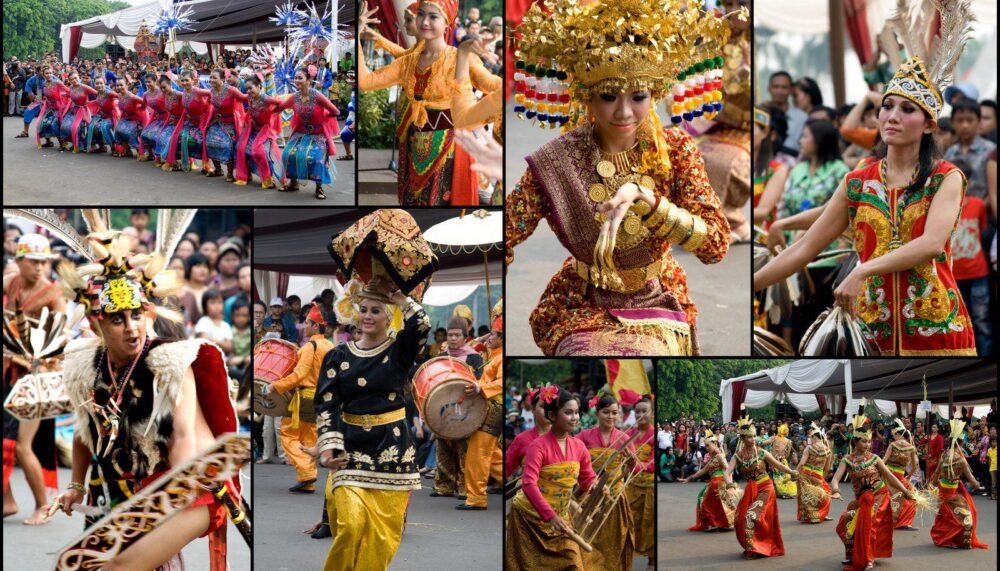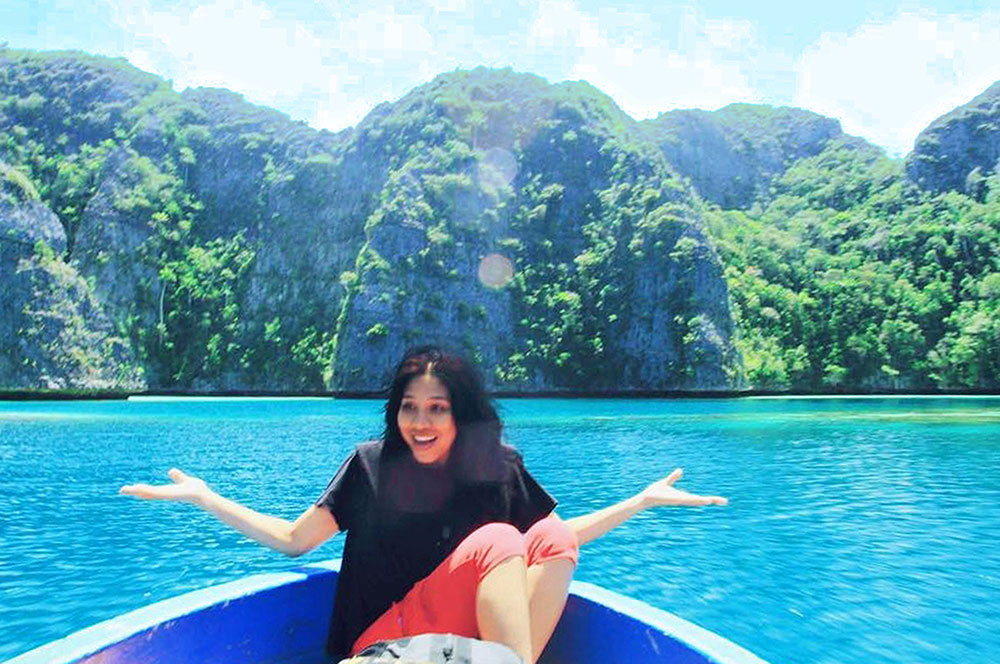There is no best way to recognize and love our homeland except by exploring and maintaining its sustainability

Indonesia is the largest archipelago country in the world. It has more than 17,000 islands, of which only about 7,000 are inhabited. Java, Sulawesi, Kalimantan, Sumatra, and Papua are the main islands in Indonesia.
Bali, Karimunjawa, Gili, and Lombok are small islands that have become local and international tourist destinations. Meanwhile, thousands of small, uninhabited islands, which have not been touched, also offer their beauty and natural wealth.
Douwes Dekker described the Indonesian archipelago that is located between the Asian and Australian continents as the emerald of the equator. In history, it is written that Indonesia’s beauty and natural wealth have made the country a target by many countries and fought by great nations, which explains why our land and sea experienced hundreds of years of colonization and looting.
On top of its beauty and abundance, the Indonesian islands also hold a million stories. Each island displays a different view of nature and culture. More than 300 different ethnic tribes, who observe six different religions, live side by side in diversity. And that is the motto of our country, Bhinneka Tunggal Ika, meaning Unity in Diversity.
A question once crossed my mind of how could all the islands unite as today’s Indonesia? The Sutasoma Book, written by Mpu Tantular, provides the answer. Historically, the word “Nusantara” was believed to be introduced by Gajah Mada, the governor of Majapahit. He declared it through an oath known as the ‘Palapa Oath”.
“Lamun huwus kalah Nusantara isun amukti palapa, lamun kalah ring gurun, ring Seran, Tanjung Pura, ring Haru, ring Pahang, Dompo, ring Bali, Sunda, Palembang, Tumasik, Samana isun amukti palapa.” It means, “I would only break my fast after I conquer the archipelago. I would only break my fast after I conquer Gurun, Seram, Tanjung Pura, Pahang, Dompo, Bali, Sunda, Palembang, Tumasik.”
The word “Nusantara” meant by Gajah Mada was an area outside the Majapahit Kingdom in Java that needed to be conquered. From language point of view, “Nusantara” consists of the word “nusa”, which means island, and “antara”, which means another or across. “Nusantara” would then be interpreted as a stretched archipelago. And this group or chain of islands was first united by the Majapahit kingdom around the 14th century, under the name of Nusantara.
Unfortunately, after the Majapahit kingdom collapsed, the term “Nusantara” was forgotten. It was finally used again in the 20th century. Ki Hajar Dewantara, the father of national education who founded the Taman Siswa educational institution, re-popularized it. “Nusantara” was then used as an alternative to the term “Nederlandsch Oost-Indie” or the Dutch East Indies. Until now, the term Nusantara is used as the equivalent of Indonesia.
I am grateful and proud to be born in this archipelago country—a prosperous land showered by the sun all year round. My job as a biographer of regional political figures and Indonesia’s tourist destinations has led me to explore and study the biodiversity and culture of some of the islands in the archipelago; Java, Papua, Maluku, Kalimantan, Sulawesi, and Flores.
The journey allowed me to see the various kinds of life on the archipelago because each island of offers its own unique beauty and local tradition. All of them have opened my eyes to love Indonesia even more.
Through ourisland.id website, I would like to share my travel experiences in the archipelago because writing is the best way to share a journey with many people, be it with those I know personally or not. I want to spread the awareness that there is no better way to recognize and love our homeland except to explore it, learn about its historical-cultural roots, and also preserve it.
Through ourisland.id website, I would like to invite all of you, local and foreign visitors, to savor every slice of the archipelago’s beauty. Currently, there are at least 34 regions (provinces) of Indonesia that present natural and cultural beauty as Indonesian tourist destinations. The islands offers more than enjoyment of the land and sea, but each of them have stories to tell, traditions, and culture that are continuously preserved by the people until today.
In “our island”, you will be able to listen to the mountains sing and coconut trees whistle amidst the waves of the sea, that may enrich your spirit and widen your horizon to love life, humankind, nature, and God. Welcome to the Emerald of the Equator, the Indonesian Archipelago.
Nusantara Greets You
Ayu Arman

